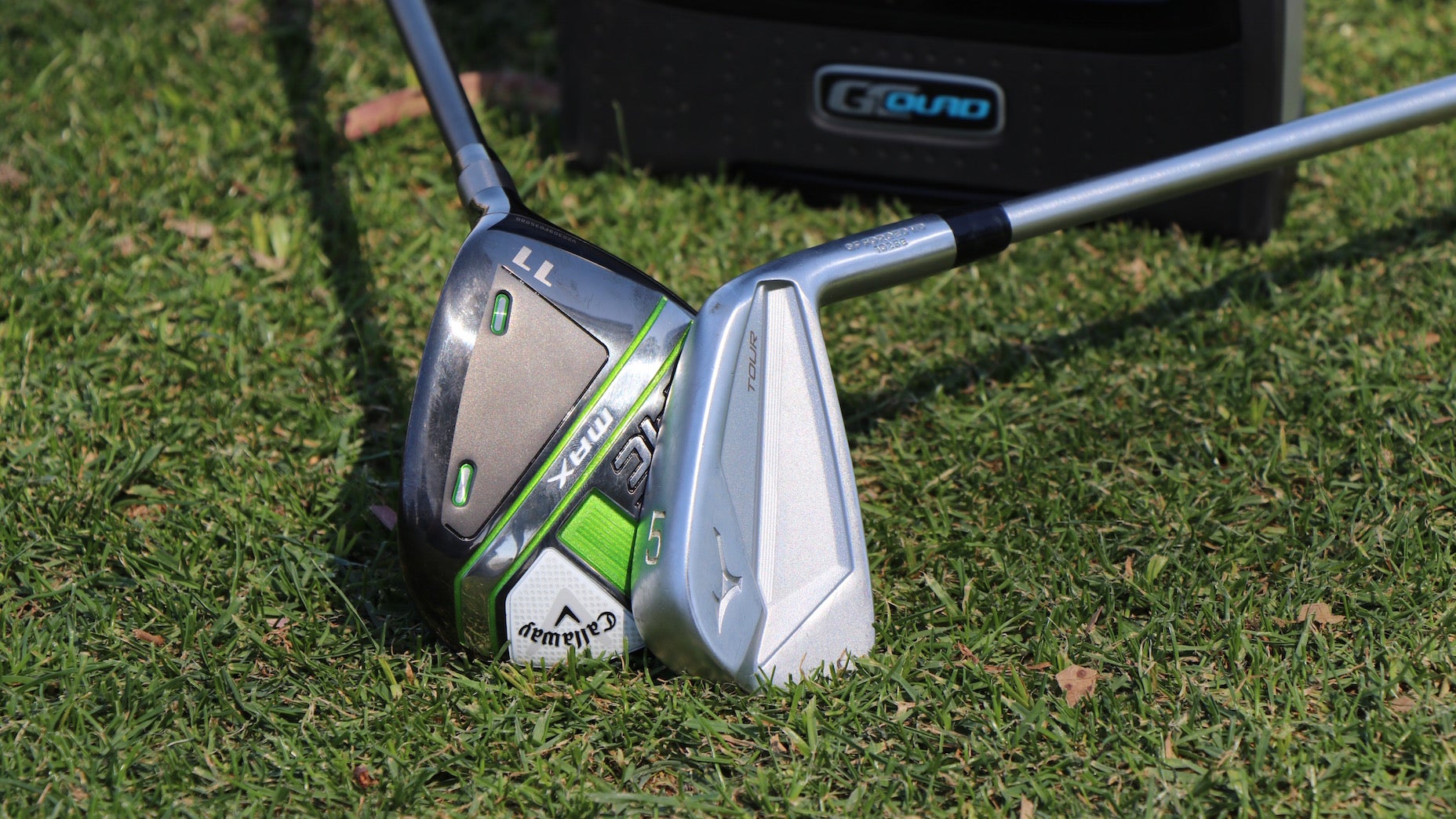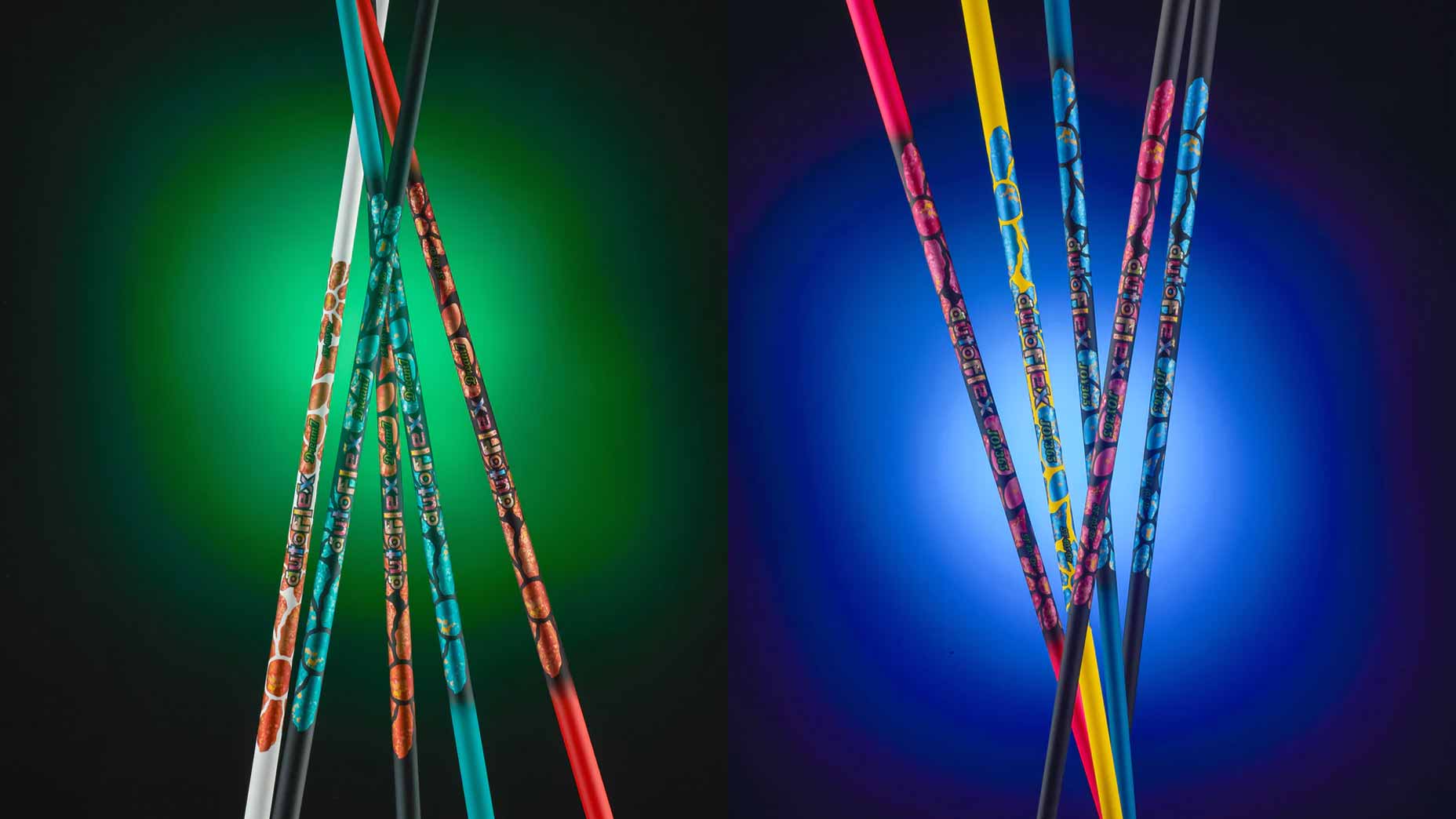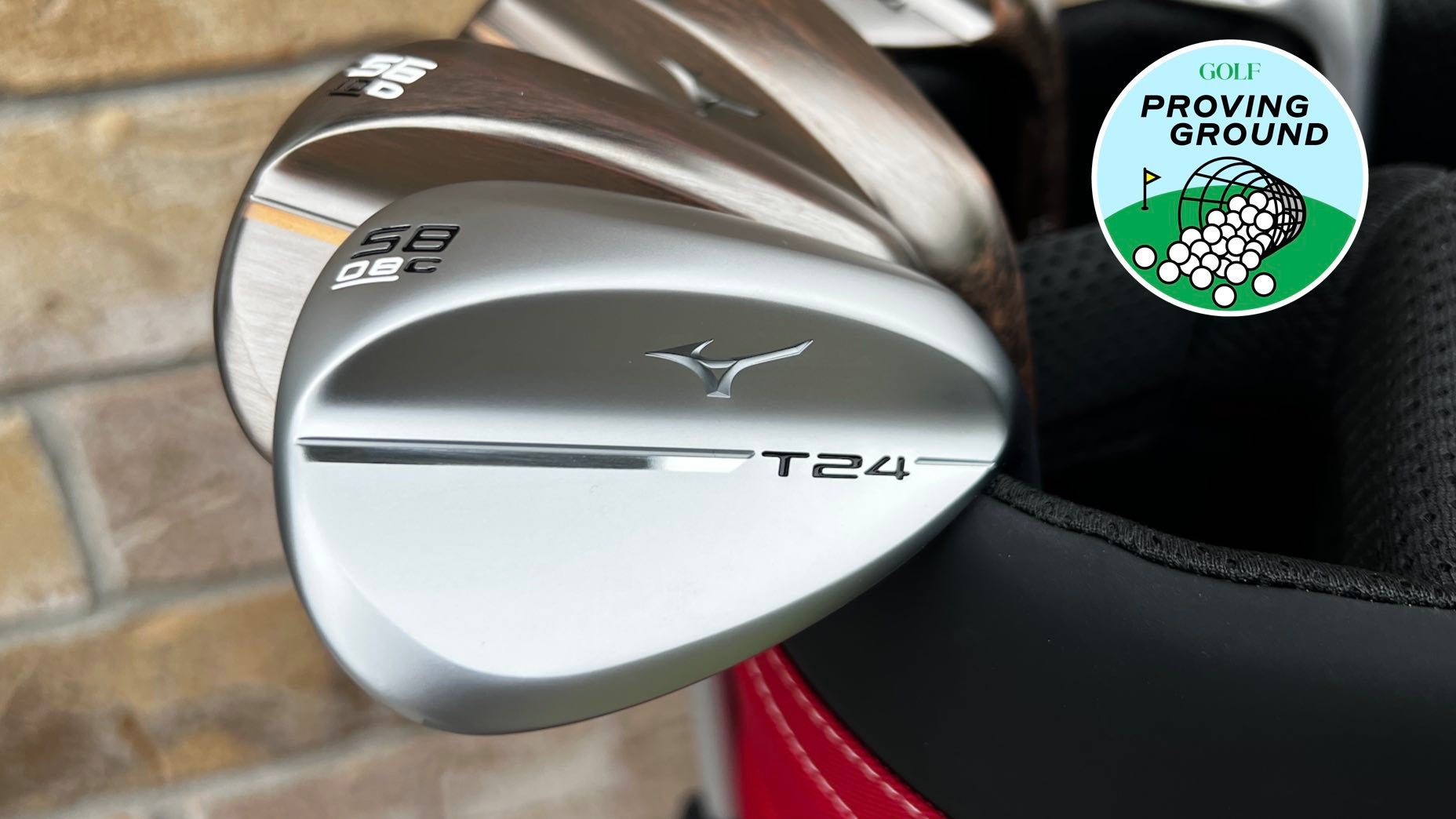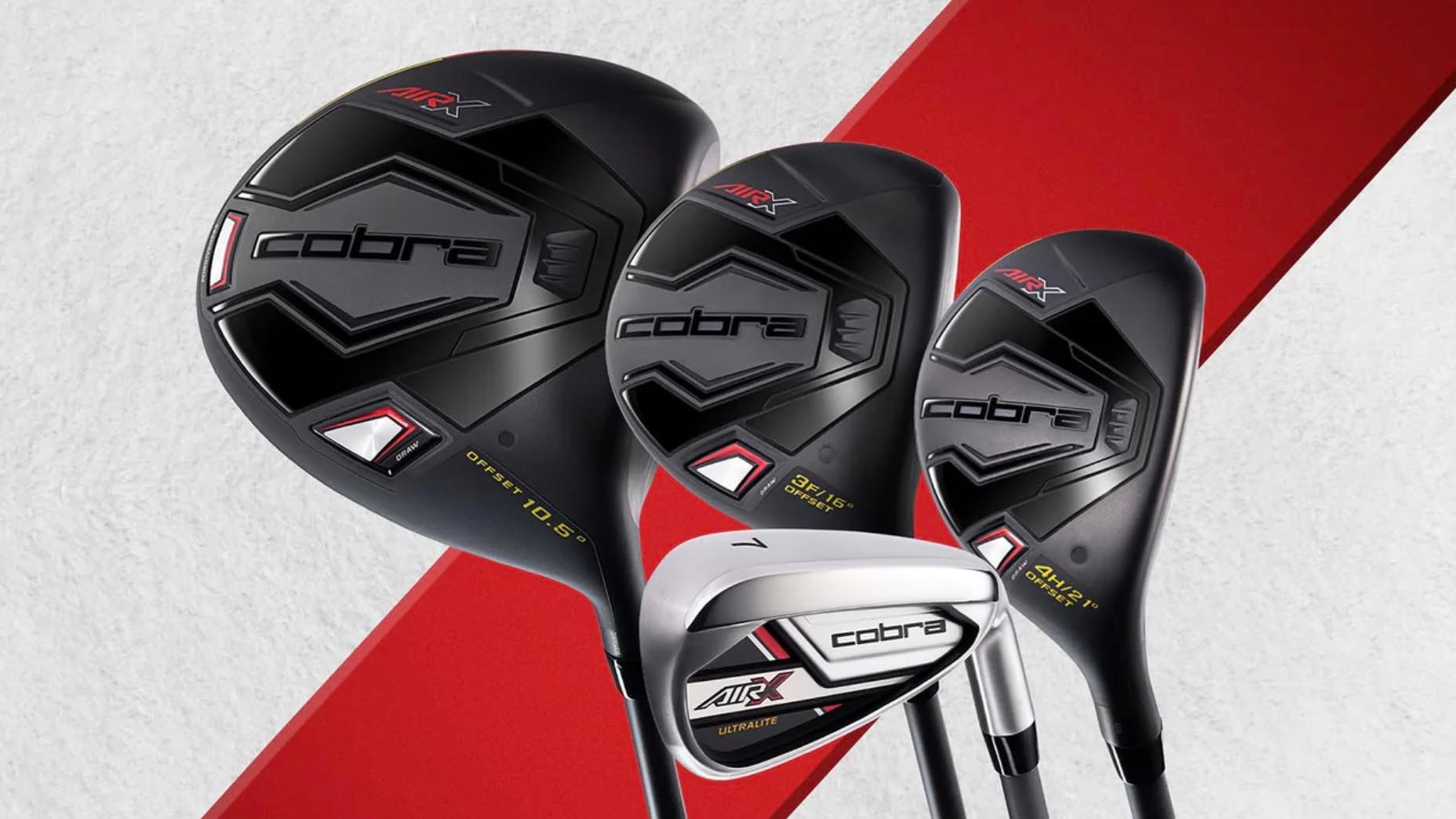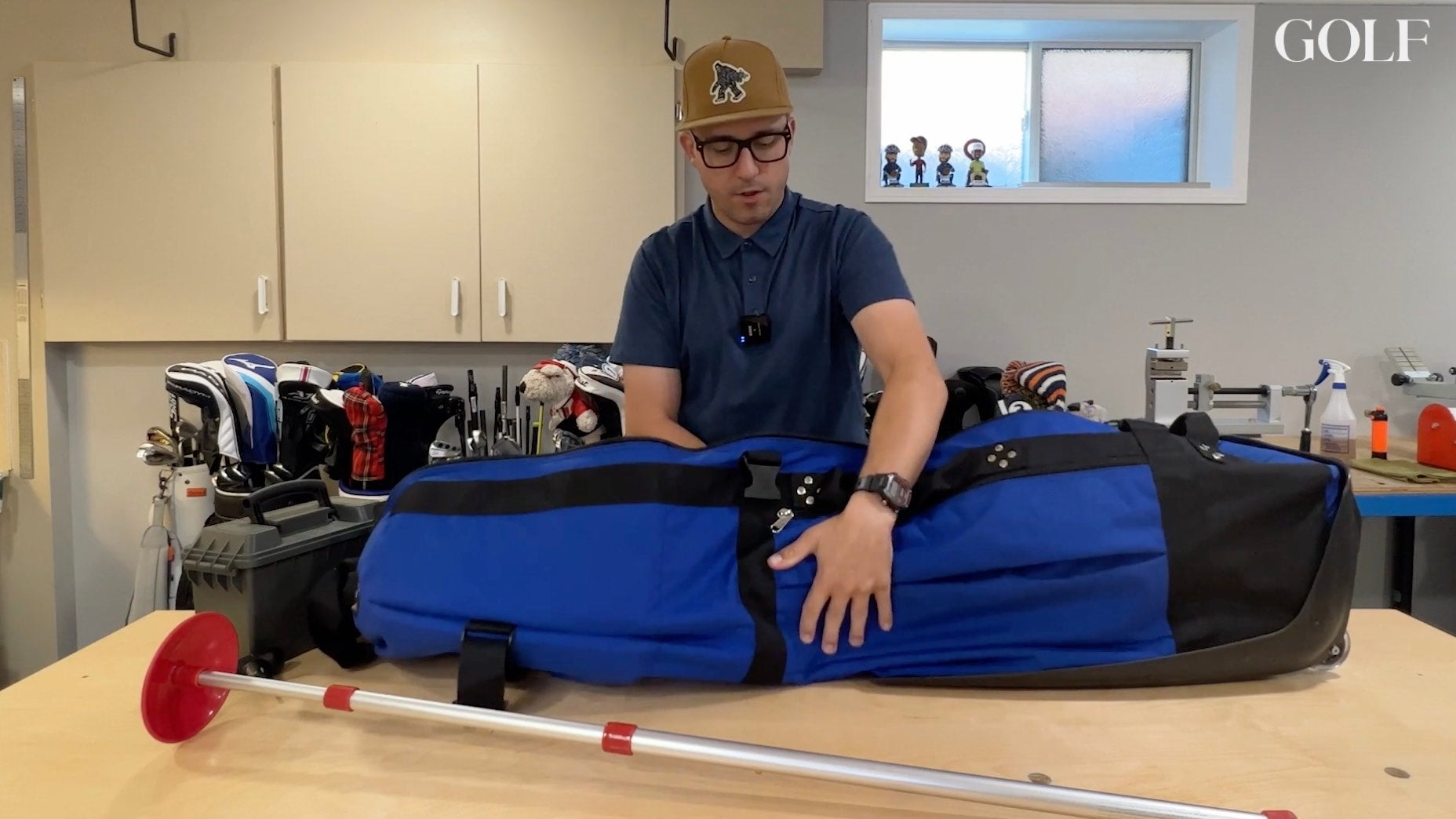Range vs. Premium golf balls: I hit both on a launch monitor to find out the differences

Andrew Tursky
When PGA Tour players show up to the range at a tour event, they’re typically provided an unlimited supply of the golf balls they use in competition. This allows tour players to use the driving range as a nearly equal testing ground for the golf course.
Most driving ranges don’t offer the same luxury.
Token-buying driving range customers are served with buckets of mystery. Since the range balls at your local nugget-smacking spot rarely come fresh out of $15 sleeves, their performance rarely matches that of your gamer golf ball.
But, how different are range balls, really? I wanted to find out.
At my local range, they serve up a typical offering you’d find at your local muni; the balls are designed to minimize cost and take years worth of abuse, not necessarily to optimize performance.
Recently curious how their performance compares to premium golf balls, I took a Foresight Sports GC Quad launch monitor out to the range. Usually, when I’m fixing to get some swings in, I wouldn’t sacrifice my stash of golf balls to hit down range – never to be returned – but that’s the price of science.
With piles of premium golf balls and driving range balls ready to fire, I started gathering data on shots hit with my driver and 6 iron. All outliers were removed from the data for the sake of a fair comparison.
Here are the results.
Driver: Range vs. Premium
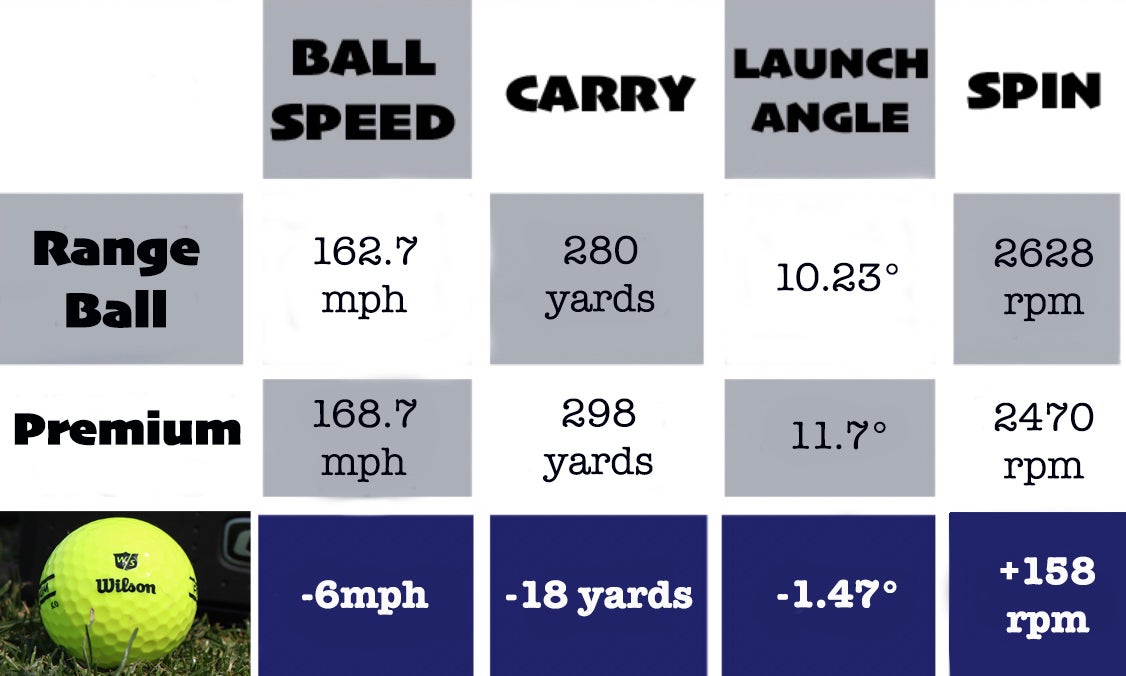
This data table shows that, clearly, the range balls delivered lower launch, higher spin, less speed, and shorter carry distances. If your ego is taking a hit on the driving because the ball isn’t flying as far as you think it should, maybe it literally is the golf ball’s fault.
Fitter Tip: True Spec Golf (an affiliate company of GOLF.com) says that typical spin rates for your driver should fall between 2200 and 3000 rpm of spin. Too much spin can send the ball ballooning and lose distance, while spin too low can hurt carry distance and accuracy, sending the ball diving out of the air.
6-iron: Range vs. Premium
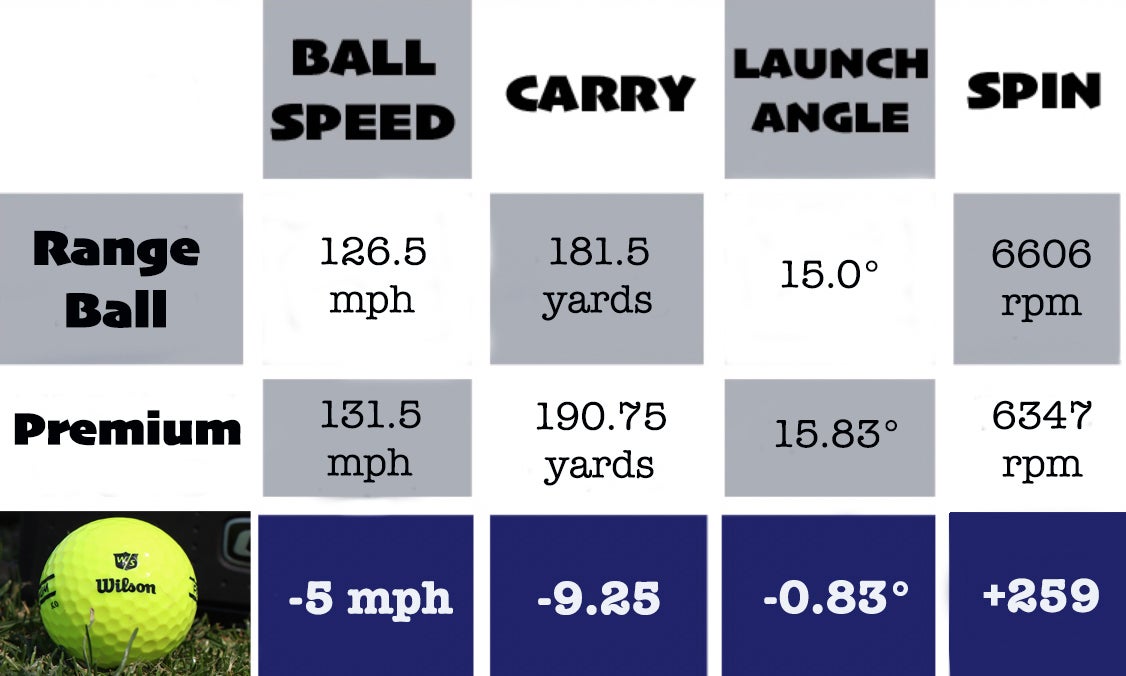
As we saw with the driver, the range balls produced less speed and distance on iron shots, too. They also delivered less launch and more spin, which for me, produced shots that tended to balloon and lose accuracy. The premium ball outperformed the range ball, significantly, in every facet.
Fitter Tip: True Spec Golf suggests using a simple math equation to figure out, generally, what spin rates you should aim for with each iron. Simply multiply the number of your iron by 1,000. For example, a 6 iron should produce about 6,000 rpm of spin, depending on a number of factors.
Conclusion
Surely the range balls at your local range will differ in design to the ones I used. There’s a ton of different options in the range ball category. But keep this test in mind next time you’re hitting on the range.
If you’re looking to dial in a certain shot shape, or work on your distances, the range isn’t always the best place to do that. Since a range ball will often provide different distance, launch and spin than your gamer, the information you get from a range ball’s performance will differ from your on-course ball.
This doesn’t mean to ditch the driving range altogether. The range is a valuable place to hone your swing and sharpen your game. Just don’t put too much stock in how far the ball actually flies on the range. To get your true distances with your gamer ball, try out these battle-tested options.
Want to overhaul your bag for 2021? Find a fitting location near you at GOLF’s affiliate company True Spec Golf.

